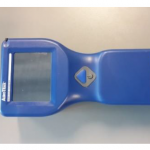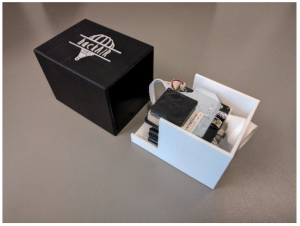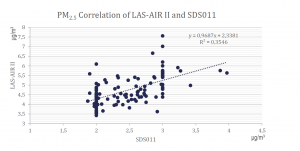
In spring 2017, a group of engineering students from the Oslo and Akershus University College of Applied Sciences (HiOA) evaluated a first prototype of the hackAIR home sensor and compared the measurements with reference equipment. After overcoming the initial struggle of getting the prototype to work, they conducted two measurement campaigns: one inside the lab environment, and one in the foyer of the school. For that purpose, they also created a 3D-printed case for their sensor.


Compared to the reference equipment (a LAS-AIR II aerosol particle counter and an Aerotrak particle counter), the students found that measurements differed slightly, though within a reasonable correlation. Increases and decreases in air pollution were picked up correctly. In general, the PM10 measurements turned out marginally less exact as the PM2.5 data.


When using the sensor in the casing, the responsiveness of the hackAIR sensor decreased: That is why the final design of the hackAIR casing will need to ensure proper airflow towards the sensors.

Thanks a million for this exploration, Lisa Marie Rickerts, Carter Barkley, Ryan Beacham & Leyre Ortiz García.




